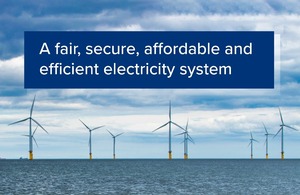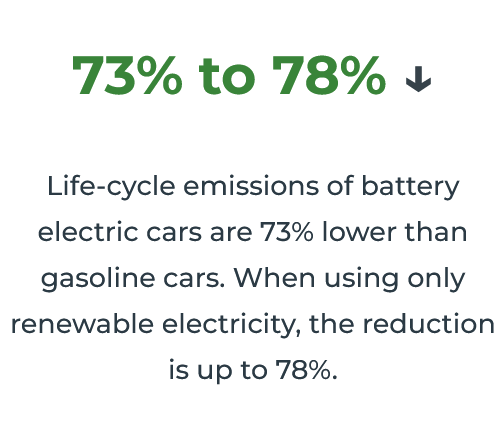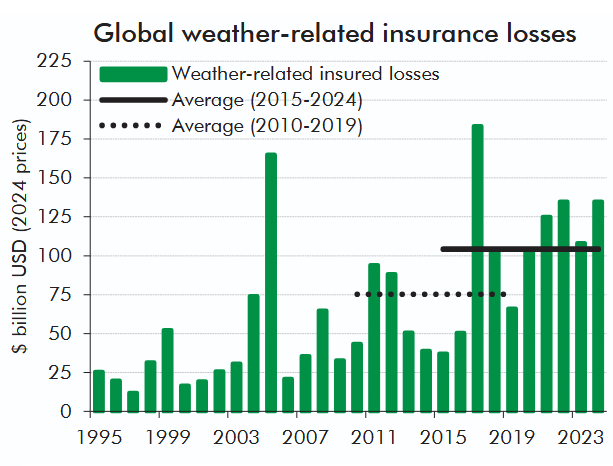The Government has set out reforms for the national electricity system while retaining a single national wholesale price, publishing these decisions to provide certainty for investors ahead of the AR7 auction round.
The proposals place stability at its centre, as the Government seeks clean power by 2030 target. The new approach to building the energy system already includes reforming the planning system and transforming the grid connections queue. The further changes announced will see the government taking on more responsibility for planning the system and determining where clean energy infrastructure is located, based on what is needed for the long-term.
The key parts of the reformed national package being announced today include a Strategic Spatial Energy Plan, to be published next year by NESO following consultation, at the heart of the reforms to improve the efficiency of the electricity system, under the national pricing model. Commissioned by UK, Scottish and Welsh governments last year, for the first time the plan will set out how to best spread new energy projects across land and sea in Great Britain up to 2050.
The Government will also work with Ofgem to drive forward a review of transmission charges to provide stronger incentives for investors to build generation where it is needed. Crucially this will include changes to make existing charges more predictable for investors – as currently the charges vary year by year, which causes uncertainty during long-term projects and can drive up prices as developers price in the risk of volatility.
The Government will be working with NESO to launch a consultation later this year on further reforms that will help to reduce the need for constraint payments. Independent advice from NESO has confirmed that up to £4bn in constraint payments could be avoided by 2030, if critical network upgrades are accelerated to complete by 2030. One potential measure could give NESO better access to smaller assets, such as battery storage sites, that can offer greater flexibility when balancing the grid. NESO are also currently working with the wider industry to explore further options to help reduce the need for constraint payments – as part of their Constraints Collaboration Project.
Nigel Pocklington, Good Energy chief executive officer, said: “Zonal pricing was a threat to truly renewable tariffs and stability of investment in clean power so we're pleased that the Government has abandoned the idea. If it is committed to a fairer more affordable market then moving levies from electricity should be high on its agenda. Meanwhile a reform which would truly drive renewable investment would be fixing our broken certification system to force suppliers to evidence the amount of power they are actually buying and matching with customer demand in hourly intervals.”
© 2019 Perspective Publishing Privacy & Cookies






Recent Stories